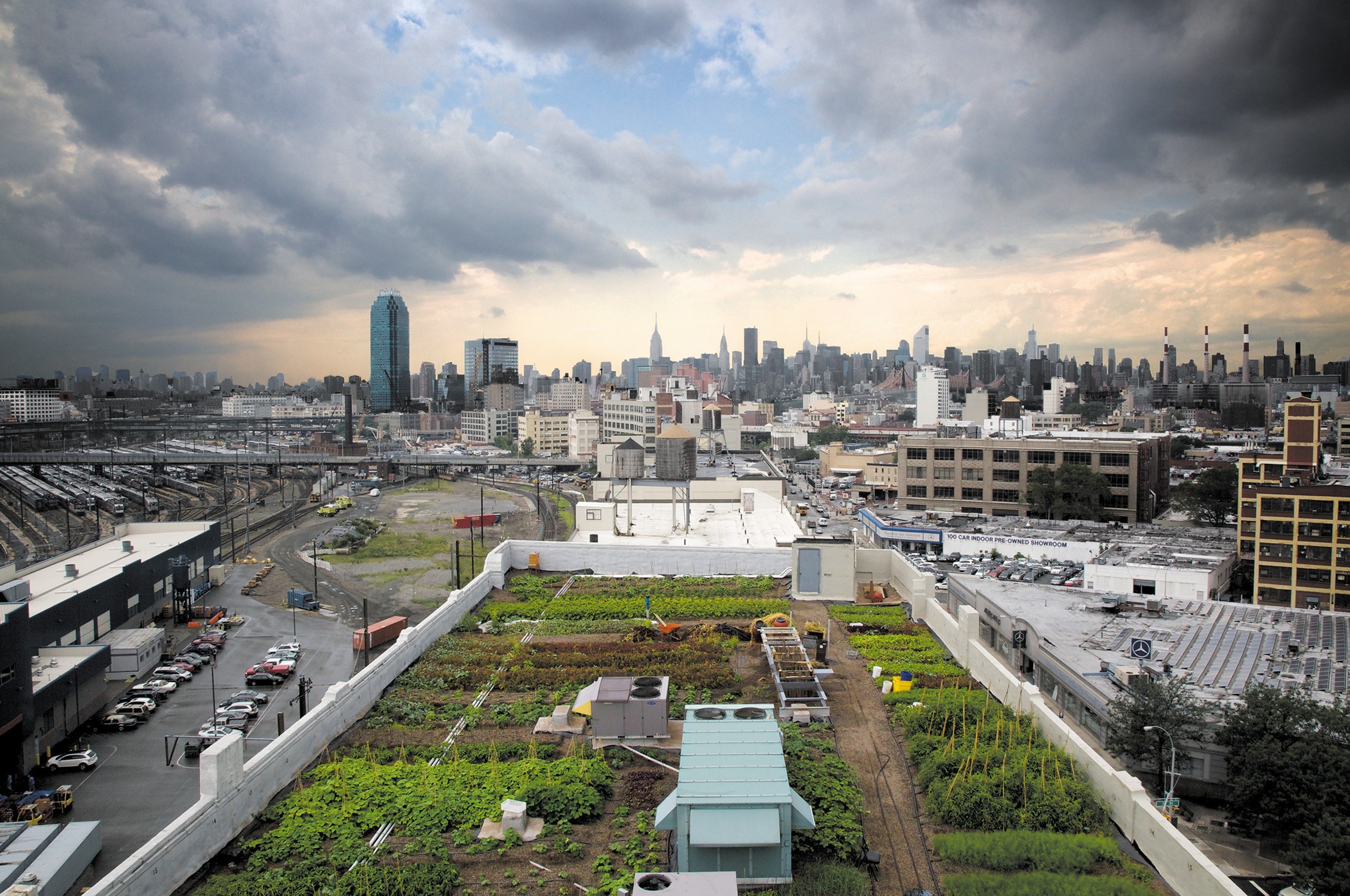All about City Blooming
Table of ContentsCity Blooming for BeginnersCity Blooming Things To Know Before You BuySome Known Details About City Blooming The City Blooming DiariesSome Ideas on City Blooming You Need To Know
Interested in growing food available in the City of Chicago? Thinking of starting an area garden? Adjustments to the Chicago Zoning Ordinance enable agricultural usages like neighborhood gardens and urban farms in numerous components of the city. Below is a list of frequently asked concerns regarding the rules and guidelines that cultivators ought to think about when preparing an urban agriculture job.
The zoning modification does not modify any various other codes managing composting, building permits, purchasing or renting City possessed building, business licenses or environmental contamination. There are existing codes that control these concerns and they stay in full result and may be appropriate to your task. Area yards are generally possessed or managed by public entities, public organizations or community-based organizations and maintained by volunteers.
Urban farms expand food that is meant to be marketed, either on a not-for-profit or for-profit basis. As a result of their industrial objective, urban ranches call for a service certificate. Yes. A community garden is allowed to sell surplus create that was expanded on site if the sales are accessory or subservient to the garden's key purpose described above.
Some Of City Blooming
Composting is allowed however only for plant product that is produced and made use of on site. The amount of compost product can not go beyond 25 cubic lawns at any provided time according to the standards in 7-28-715 of the City's Municipal Code. Yes. Because the dirt at a lot of new yard websites requires changing, garden compost, dirt, wood chips, or various other products can be gotten to construct or enhance the expanding area - fruit and vegtables.

If a structure permit is called for after that the hoophouse will certainly be considered an accessory building. You can discover out even more regarding the building license needs by getting in touch with the Division of Structures. The 25,000-square-foot size limitation is meant to avoid a single community yard from controling a provided block or taking away from the block's existing residential or commercial character.
The limitation does not apply to yards located in Public Open Area (POS) districts. Can there be even more than one community garden that is 25,000 square feet on a single block? Fencing is not called for, nonetheless, gardens that have large car parking locations might be called for to set up secure fencing or various other landscape design functions.
About City Blooming
B1 & B2 districts need that all business use activities be conducted inside. R areas restrict business activity. The regulations mirror the function and intent of the Zoning Code. Is secure fencing needed for urban ranches? Yes. Fences might be called for, together with landscape design and screening, for sure car parking areas and outside work or storage space locations depending on location and the particular task occurring.
Yes. Urban ranches need building permits and zoning authorizations before building and construction. Various other forms of city testimonial might be needed depending upon specific structures, activities, size, landscaping, licensing, public heath and stormwater administration issues. Numerous of these requirements are identified in the task style or allowing process, nevertheless, the candidate might be liable to separately identify certain licenses or permits that may be required.
Yes. The kind of certificate is figured out by what is happening at the website. The Division of Business Affairs and Customer Defense can help determine the specific sort of business permit that's needed. Yes. Off road parking is needed for a lot of business jobs in Chicago. The needed variety of car park spaces is based upon the variety of workers working on website and not the square footage of the expanding area.
Unknown Facts About City Blooming

Yes. A city farm can sell compost product produced on website, however, the procedure has to conform with the laws in 7-28-715 of the Chicago Municipal Code. Yes. Aquaponic systems are permitted indoors on city farms in several zoning districts. Nonetheless, a zoning testimonial and structure authorization is required in order to set up structures or systems and a company permit is required as defined over.
Up to 5 hives or colonies of honey bees might be maintained as an accessory usage. Beekeepers must sign up with the Illinois Department of Agriculture. To learn more regarding the suggested zoning modification you may get in touch with the Department of Housing and Economic Advancement, Bureau of Planning and Zoning at 312.744.8563.
Farming in cities and metropolitan areas An urban farm in Chicago. Urban farming refers to numerous practices of cultivating. https://fliphtml5.com/homepage/tkxth/cityblooming/, processing, and distributing food in city locations. The term likewise puts on the location tasks of pet husbandry, aquaculture, beekeeping, and cultivation in a city context. Urban agriculture is identified from peri-urban agriculture, which takes area in country areas at the edge of suburbs.
City Blooming Things To Know Before You Buy
, who seek to create social networks founded on a Get More Info common principles of nature and community holism. These networks can establish by means of formal institutional support, ending up being integrated into neighborhood town planning as a "transition town" movement for sustainable urban growth.
The a lot more straight accessibility to fresh vegetable, fruit, and meat products that may be realised through city farming can improve food safety and security and food safety and security while lowering food miles, bring about reduced greenhouse gas exhausts, consequently adding to environment change mitigation. Some of the very first evidence of metropolitan agriculture originates from Mesopotamia.